Preface
Education is now a broad academic discipline and has a very wide field c. study. It is concerned with three process-teaching, training and instructions. Education basically answers three basis questions what, why and how? Related to these three process an interdisciplinary approach is followed in answering the questions comprehensively.
It has various foundation-such as philosophical social, psychological and historical. These foundations help in answering the basic questions. The answers of these questions evolve the content courses of education discipline.
The psychological foundation of education has made teaching and instruction child-centered and makes teaching learning effective. It has the focus to answer the question how to teach effectively ? Psychological principles are used to make teaching, training and instruction effective. Today’s ueed is that educational process must be effective and efficient. The use of technology makes educational process effective, efficient and objective-centered. The word ‘efficient means that educational process should be effective and economical from time, energy and money point of view. This aspect of education is termed as Technological Foundation of Education.
Technological foundation of education has the focus on the basic problems of ‘time’ and ‘space’ in the process of teaching and learning. It has evolved media and multi-media approach to education. As a result an alternative system of education has emerged which is known as ‘Distance Education. The communication competency has been emphasized in teaching and training situations. In this book basic components of Technological Foundations of Education’ have been discussed in detail.
The entire content of this script has been organized and presented in Seven parts which include thirty six chapters. The First-Part deals concept of Technological Foundation of Education. This part includes four chapters technological Foundation of Education. Aspects of Technology of Education. System analysis and National development. The Second-Part consists of five chapters on print and non- print Media or Education. Distance Education, Instructional Media, Correspondence Education. Computer Education and Open Education and Open University. The Third-Part provides the awareness of soft-ware approach to Education in five chapters Modes of Teaching. Theories of Teaching, Model of Teaching, Strategies of Teaching, The Fourth-Part presents the various approaches for organizing teaching in six-chapters-Instructional procedure. Taxonomy of Educational. Objectives, Strategies of Communication, Strategies of Motivation, Evaluation of Teaching learning, Principles of Organizing Teaching. The Fifth-Part deals the instructional strategies in six-chapters-Development of Instructional Strategies, Linear branching and other programming, Prompts, Rules System and Devices, and Teaching Machines and Computer-assisted instructional.

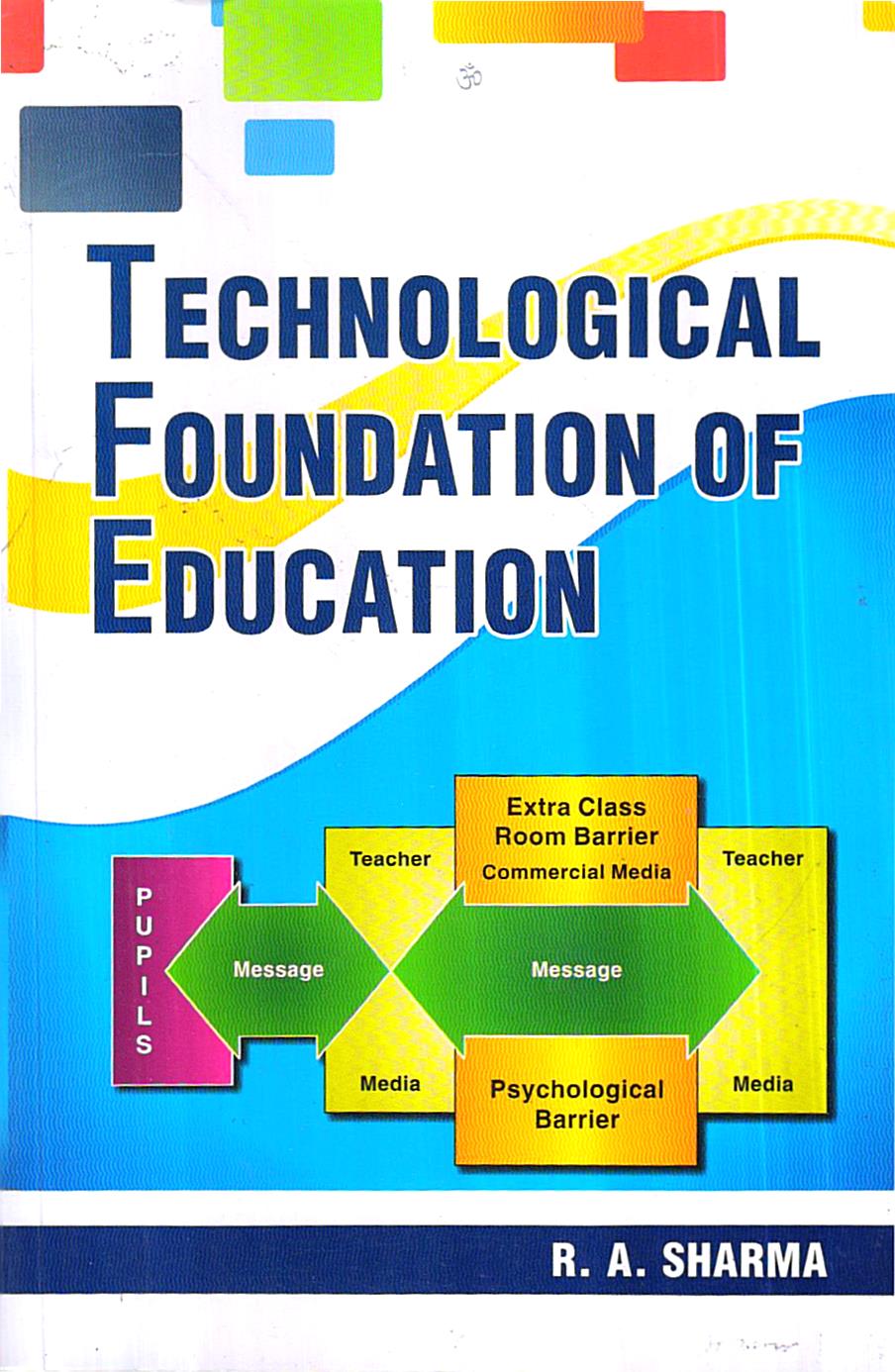


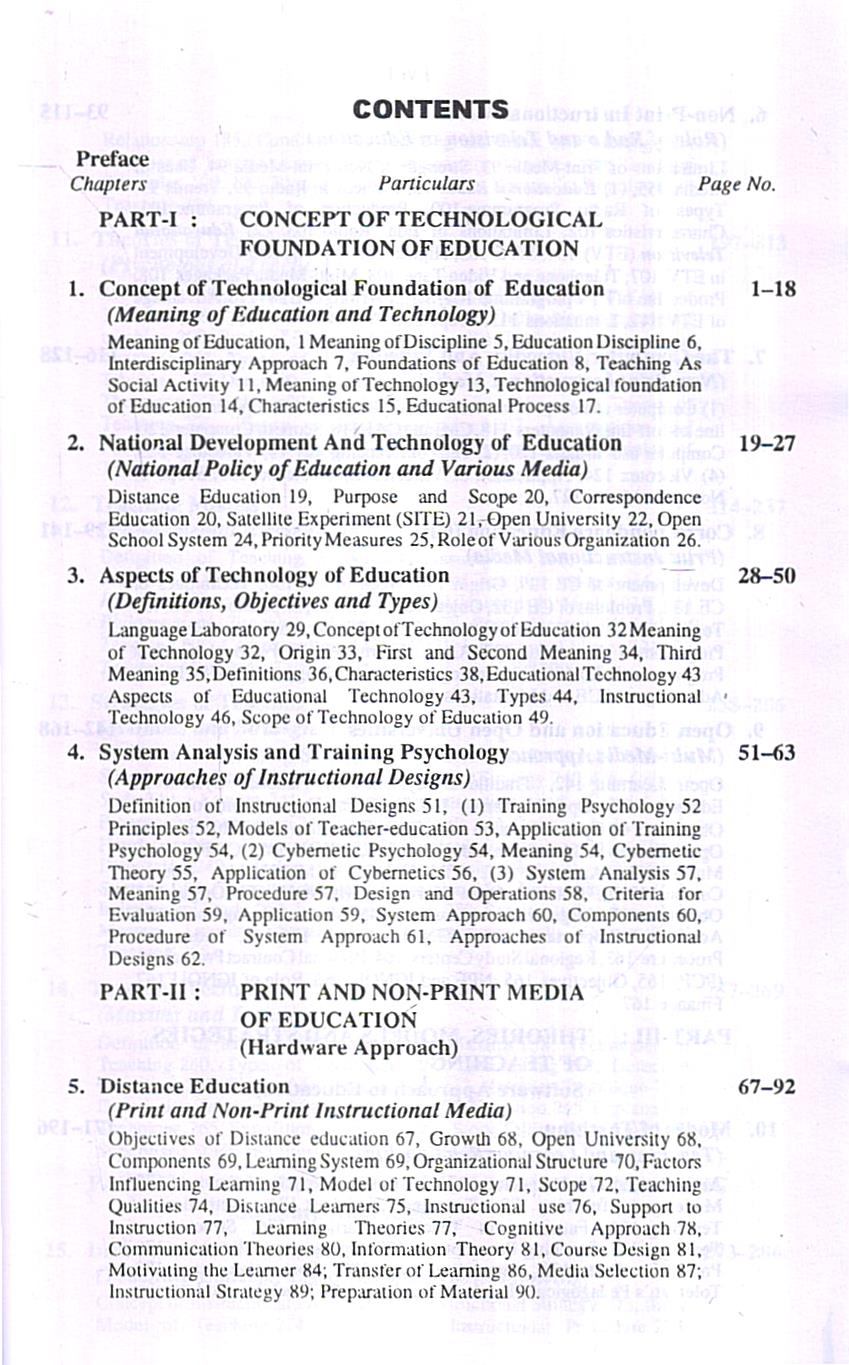
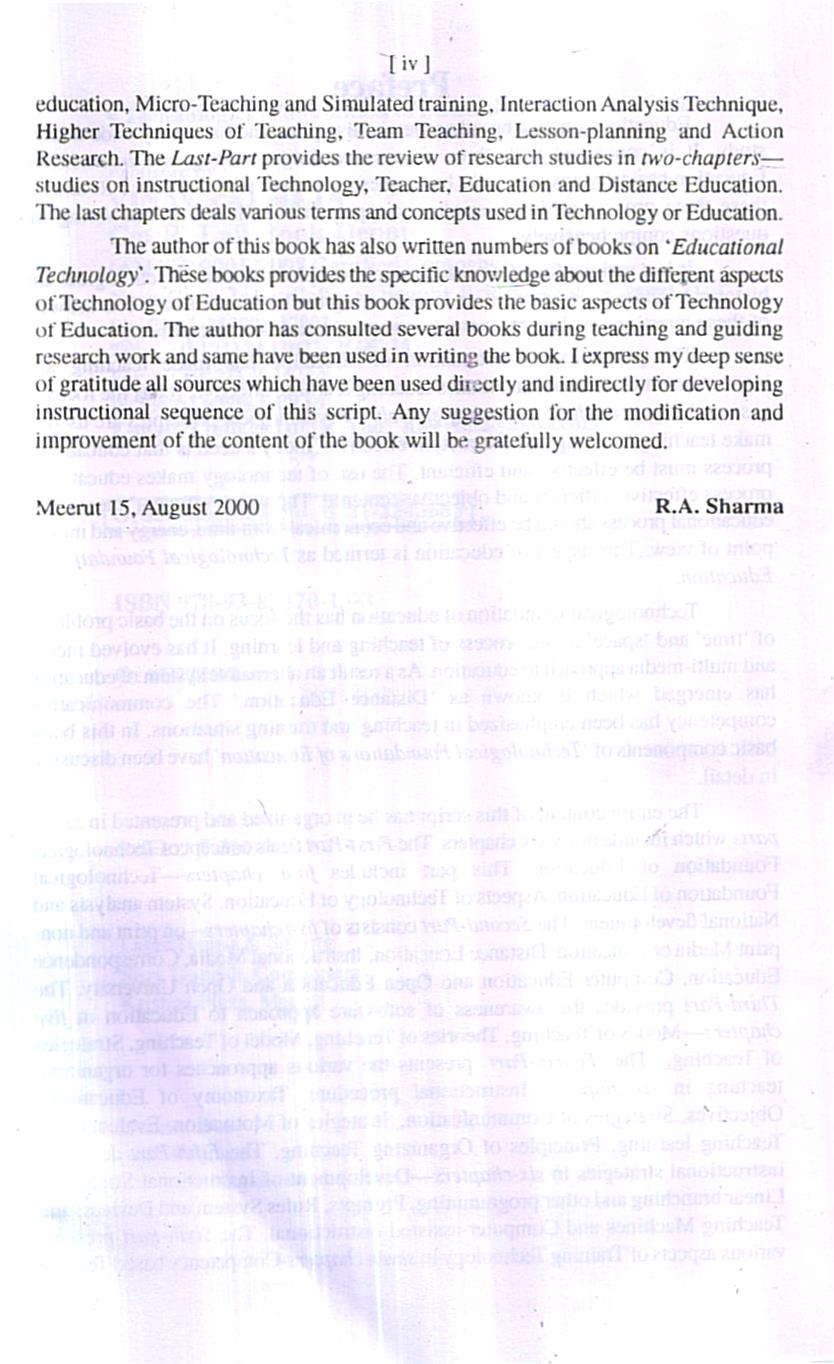

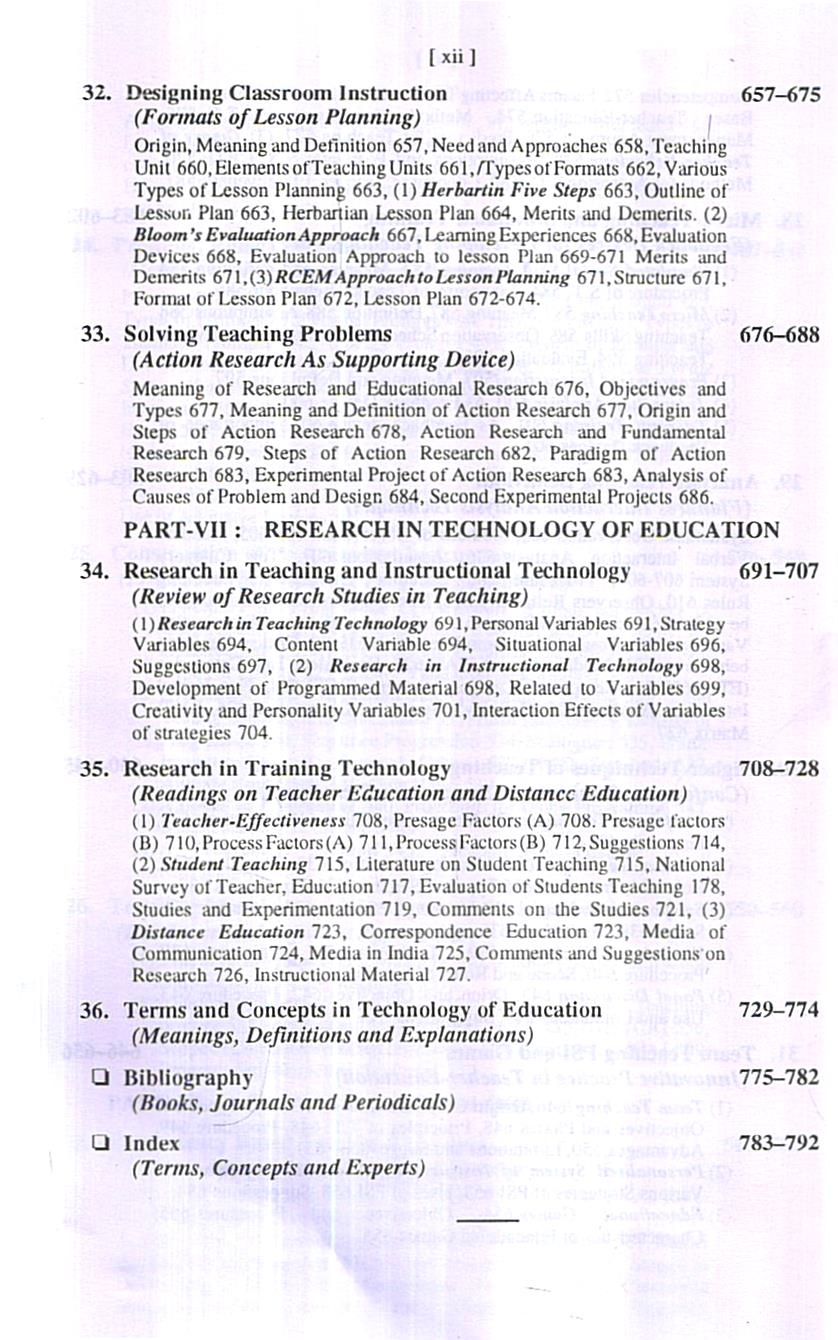

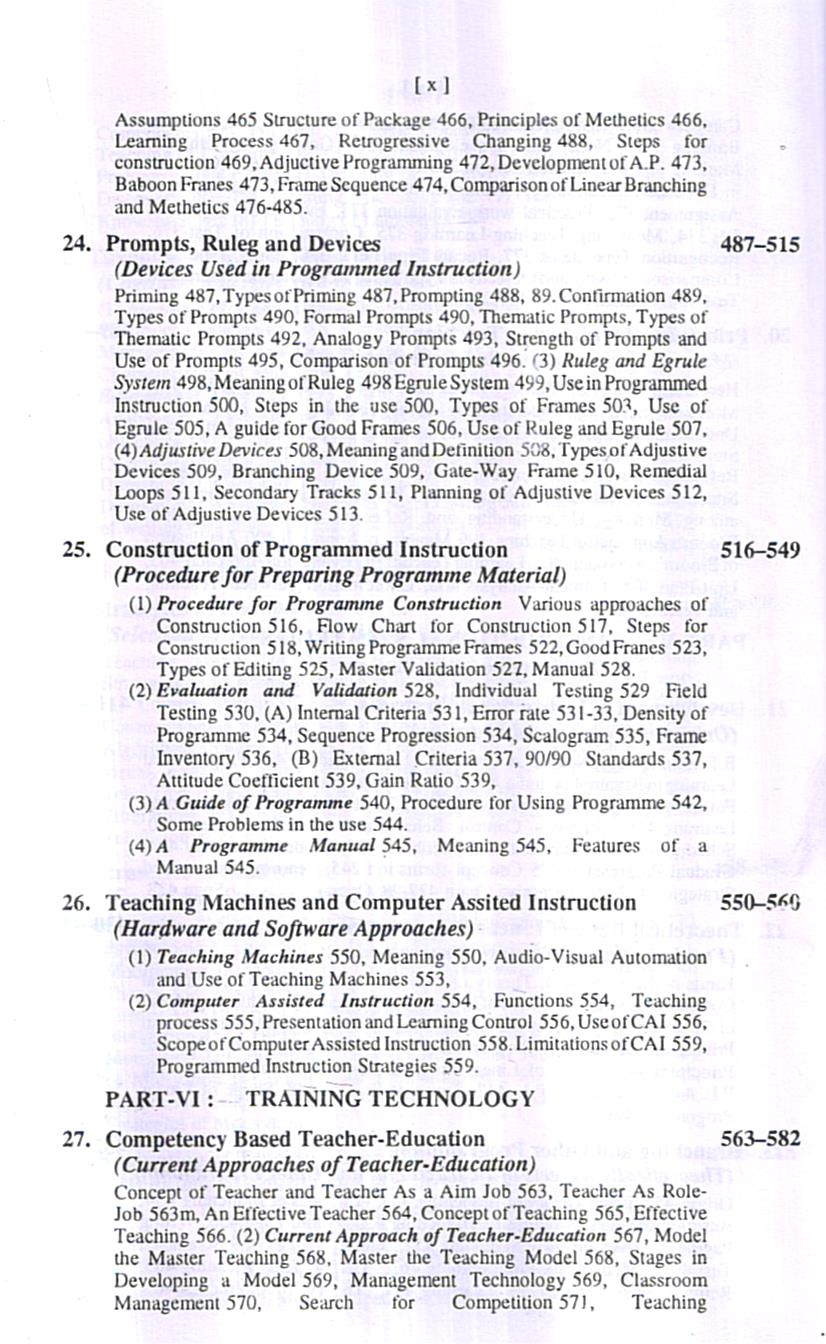
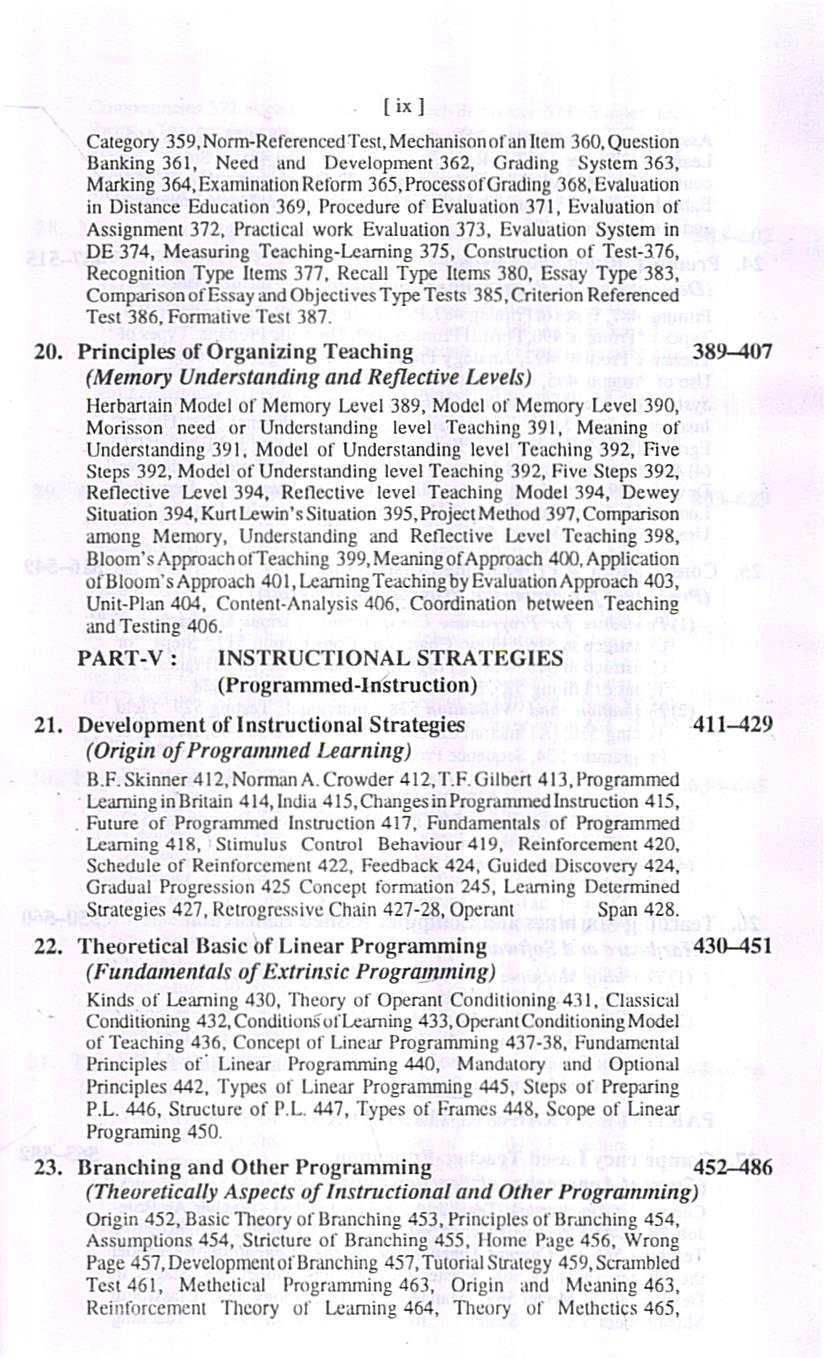





Reviews
There are no reviews yet.